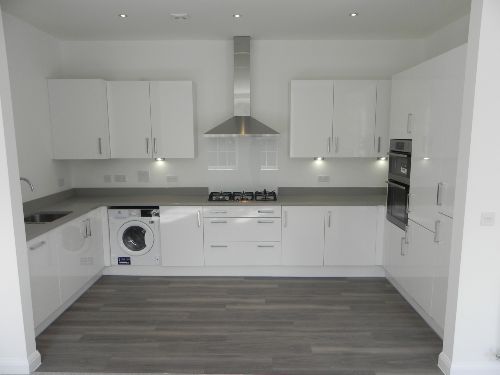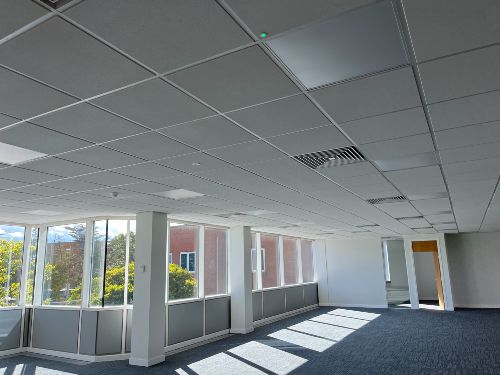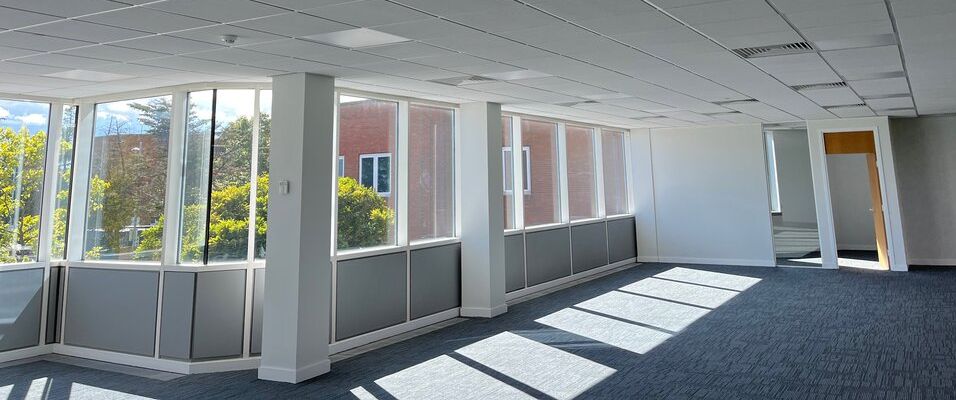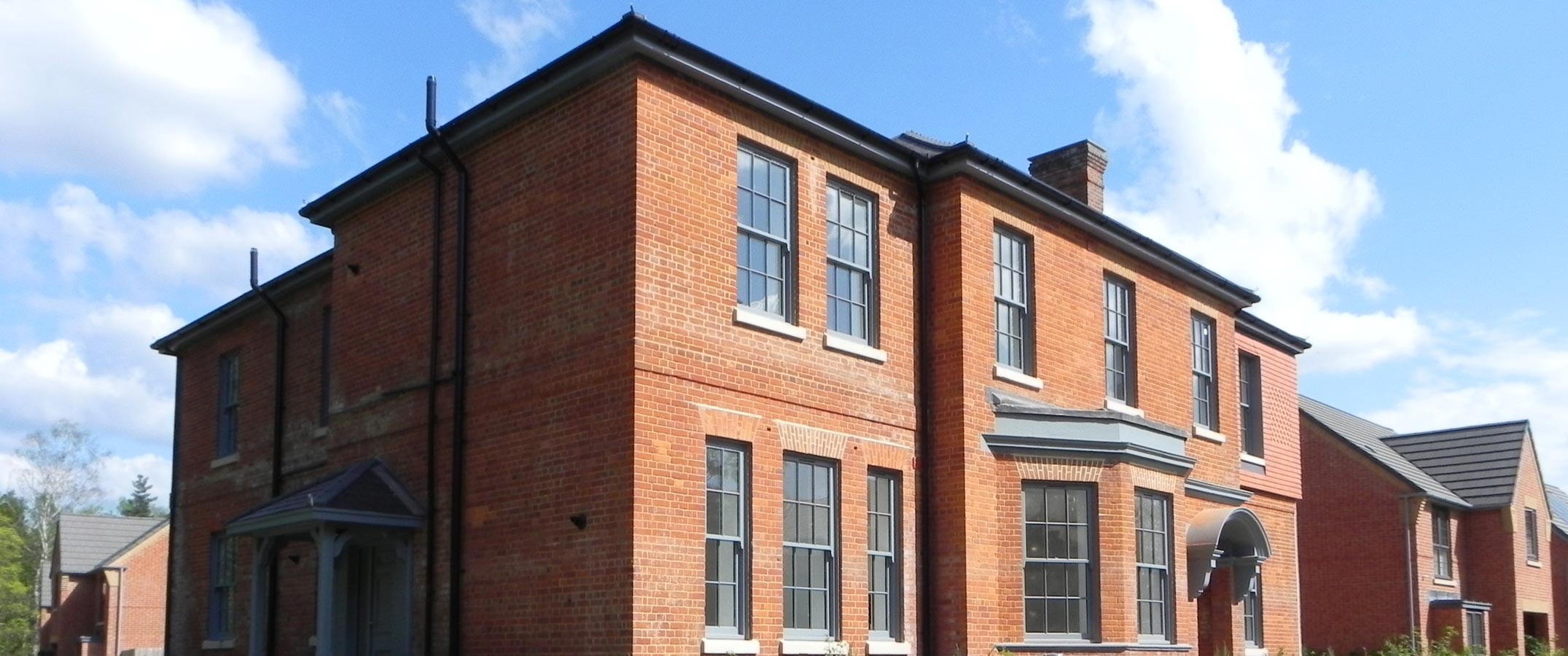In commercial properties, facilities management encompasses the coordination of various tasks to ensure the smooth operation and upkeep of the building and its infrastructure. There are two main categories of facilities management: hard facilities management and soft facilities management, each with its distinct focus and responsibilities.
Hard Facilities Management
Hard facilities management primarily deals with the physical aspects of the building and its systems. This includes the maintenance and operation of essential infrastructure such as mechanical systems, electrical systems, building structure, and safety and security systems.
Mechanical Systems: This involves overseeing heating, ventilation, and air conditioning (HVAC) systems to maintain optimal indoor climate control. Additionally, it includes the management of plumbing and drainage systems to ensure efficient water distribution and waste removal.
Electrical Systems: Hard facilities management includes the maintenance of electrical systems, including wiring, lighting, power distribution, and fire detection systems. Regular inspections and upkeep of these systems are crucial for ensuring safety and compliance with regulations.
Building Structure: Hard facilities management covers the upkeep of the building's physical structure, including walls, floors, ceilings, windows, and doors. Regular inspections and repairs are conducted to address any structural issues and maintain the building's integrity.
Safety and Security Systems: This aspect involves managing fire detection and suppression systems, access control systems, surveillance cameras, and emergency lighting to ensure the safety and security of occupants and assets within the building.
Soft Facilities Management
Soft facilities management focuses on the non-physical aspects of building management, with a primary emphasis on enhancing occupant comfort and well-being. Key responsibilities include cleaning and housekeeping, security services, space management, and tenant services.
Cleaning and Housekeeping: Soft facilities management oversees the regular cleaning and maintenance of common areas, restrooms, and offices. This includes waste management and recycling initiatives to promote a clean and sustainable environment.
Security Services: Soft facilities management may involve the provision of security personnel to monitor access control systems, CCTV cameras, and respond to security incidents. Creating a safe and secure environment for occupants is a top priority.
Space Management: Soft facilities management includes the effective allocation and utilisation of office space, meeting rooms, and communal areas within the building. Optimising space usage contributes to productivity and efficiency in the workplace.
Tenant Services: This aspect involves addressing tenant requests, organising events or activities, and providing assistance to occupants as needed. Building strong relationships with tenants fosters a sense of community and satisfaction among occupants.

Hard facilities management ensures that critical systems are operational, compliant with regulations, and contribute to the safety and functionality of the building. On the other hand, soft facilities management enhances the occupant experience, promotes productivity, and fosters a positive work environment.
By effectively managing both aspects, property managers can create a conducive and sustainable environment that meets the needs of occupants while ensuring the long-term integrity and value of the property.


 Case Study
Case Study
 Case Study
Case Study